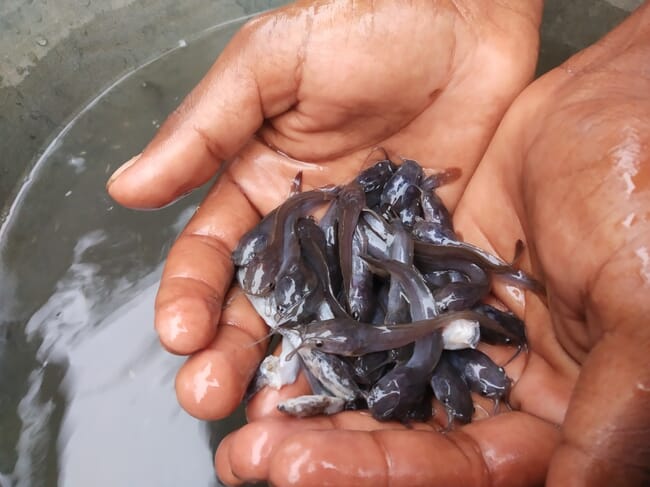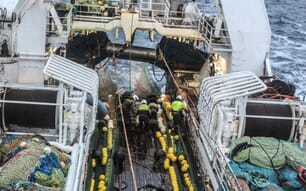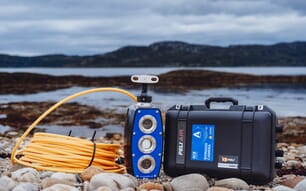
© Shutterstock
Finding a source of fish fingerlings (young fish) is the first step towards successful fish production. Following that, transporting the fish, and proper stocking procedures are necessary.
Purchasing
Shop around to determine prices on the quantity and size of the fish you wish to purchase. Remember, the cheapest fish may not be of the best quality or the seller may not guarantee their health and survival.
Determine the reputation of the fish supplier you are dealing with by asking around to determine if others have been satisfied with fish obtained from this business. The supplier should normally guarantee the health and survival of the fish until they are stocked in the pond. Normally, sellers include some surplus fish in order to compensate for any small number of mortalities.
Make sure the fish are of the size you request and that they are healthy. Catfish fingerlings should be guaranteed to be free of exposure to channel catfish virus. Have the seller state in writing the terms of replacement if the fingerlings should become sick and die shortly after you receive them. You will be held responsible for any losses of fish if the seller can prove you have not followed recommended handling and stocking procedures.
Transporting
If the fish are to be shipped by bus or air freight, determine if the supplier or shipper will assume responsibility for safe delivery of the fish. Small fish may often be easily shipped in plastic bags containing water and oxygen. Large numbers of fingerlings are best transported in a hauling tank with aeration or oxygen supplied. The water should remain clean and cool during transport. The fish should be loaded and unloaded with a minimum of handling and stress. In most cases the supplier should arrange delivery of the fish or assure that the buyer has the equipment needed to successfully transport them.
Stocking
Prior to obtaining the fish, you should determine the quantity and size of the fish you wish to stock. Stocking rates vary widely depending upon the species of fish and management objectives. Information on proper stocking rates is available from county extension agents or the Department of Fisheries & Aquaculture at the University of Florida.
Fish should be "tempered' (slowly acclimated to any significant changes in water temperature or chemistry), when preparing to stock them into a new environment. Proper tempering requires at least 20 minutes of gradual adjustment for every 10-degree Fahrenheit difference in water temperature. If no thermometer is available, temperature differences between the two environments should be adjusted gradually until no difference can be felt using your hand. If fish are received packed in plastic bags with oxygen, float the bags in the receiving water without opening them until the fish are temperature acclimated. Opening the bags allows the oxygen to escape, and the fish must be quickly released. If fish are being unloaded from a hauling tank, gradually mix the new water into the tank until temperatures are equalized.
Fish which are properly handled and stocked should remain active and swim off quickly into deeper water after release. Fish which are stressed from transport or improper acclimation often sink to the bottom, or swim weakly. Mortalities resulting from handling and stocking stress will usually occur in a matter of hours to several days following release. Often times, excessive stress on fish leads to disease outbreaks and later mortality which may not occur until several days after stocking.
A reputable fish fingerling supplier will be concerned that the buyer is pleased with the fish he receives. In most cases if a problem arises with the fish, the supplier will replace them if the loss was not due to negligence on the part of the buyer. Usually the seller will arrange or recommend how the fish should be transported and provide instructions on the proper method of stocking.
Reviewed July 2002





